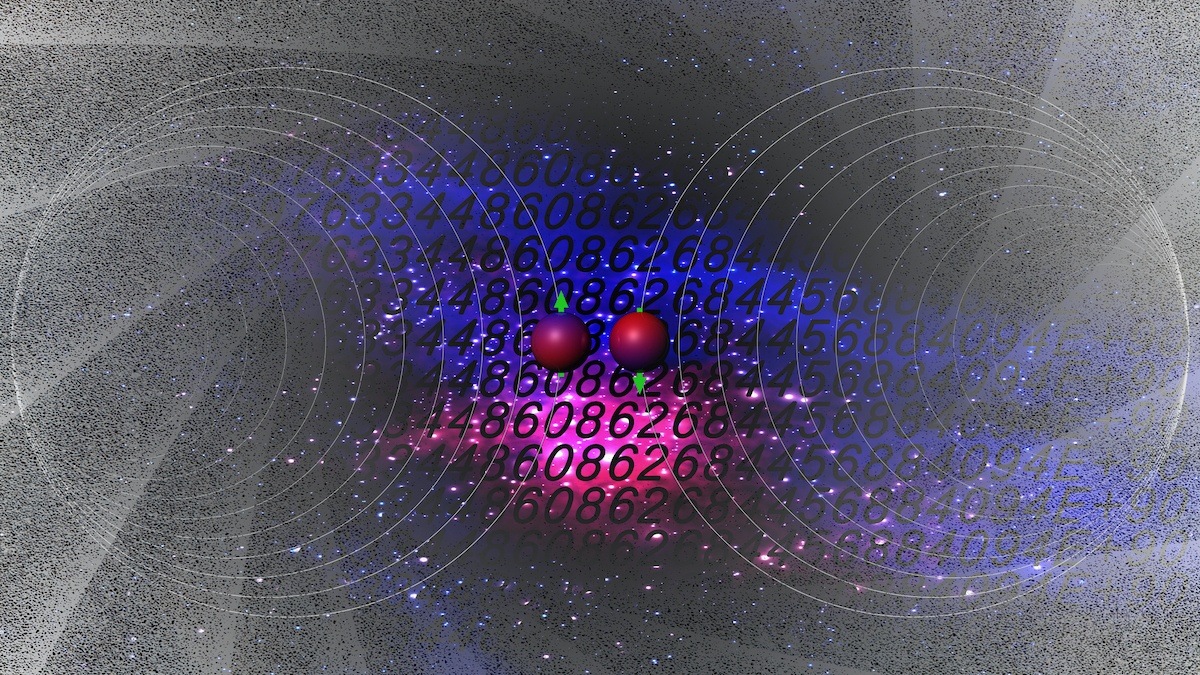Researchers Build Transistor-Like ‘Quantum Gates’ Using Qudits

Quantum computing is a promising field but not much progress has been made until now. The reason behind this is the unstable nature of qubits – the basic unit of quantum computing. To overcome this bottleneck, researchers from Purdue University have built a transistor-like gate or a quantum version of a transistor using Qudits.
While qubits can exist in two states – 0 and 1, Qudits can exist in more than two states, in fact up to 10 or more quantum states. This makes Qudits better for computational purposes because more data can be stored and processed in qudits.
The qudit gate is more efficient than a qubit gate because the researchers packed the qudits into photos making them less unstable. To build the qudit gate, the researchers encoded two qudits in a photon. They encoded a total of four qudits with 32 possibilities of time and frequency.
The reason why the researchers used photons for this breakthrough is the fact that they are not easily disturbed by their external environment and more entanglement can be achieved using less number of photons.

Development of the quantum gate has also created one of the largest entangled states of quantum particles so far.
Purdue University’s Andrew Weiner says, “This gate allows us to manipulate information in a predictable and deterministic way, which means that it could perform the operations necessary for certain quantum information processing tasks.”
Now that the researchers have built this quantum gate, they are looking forward to its applications in quantum communications tasks like high-dimensional quantum teleportation and speeding up quantum algorithms.
Also Read: Germany Bans Office 365 In Schools; Google Docs, Apple iWork Next






